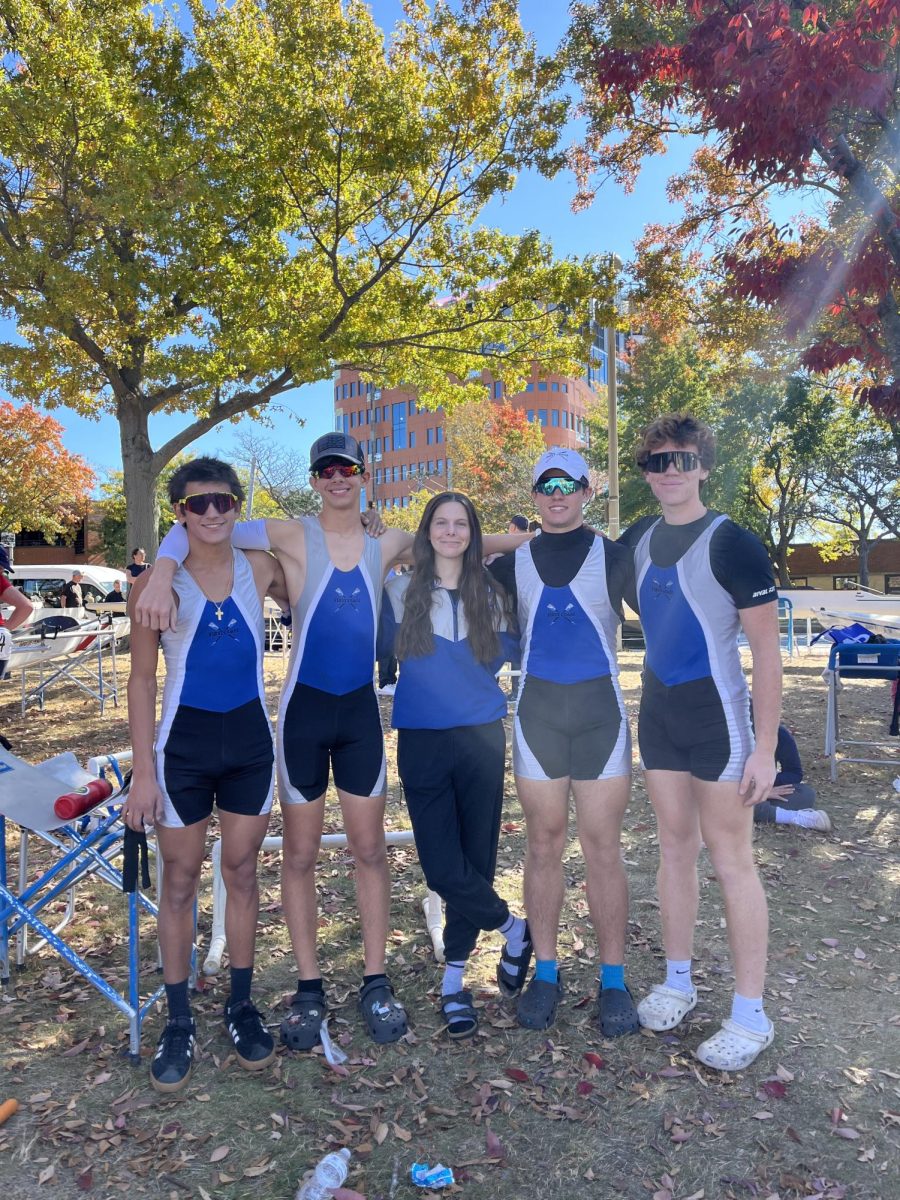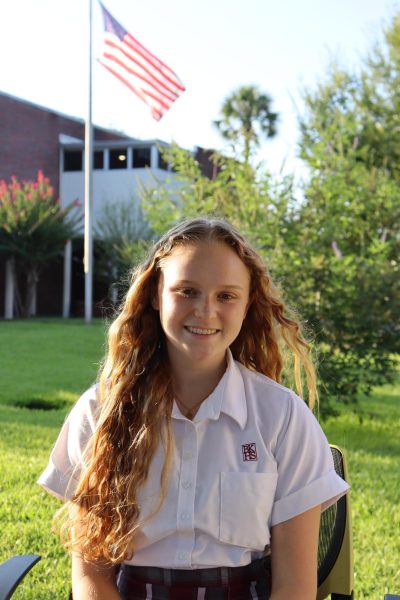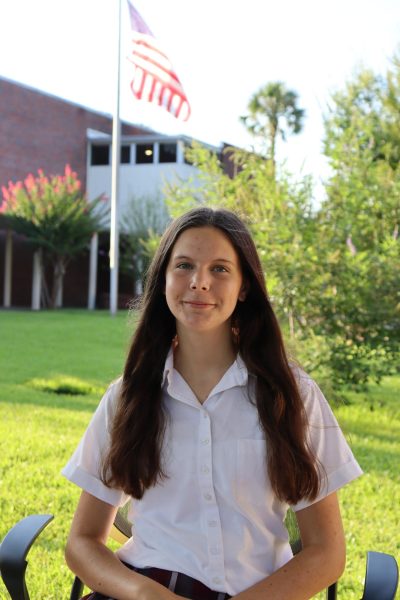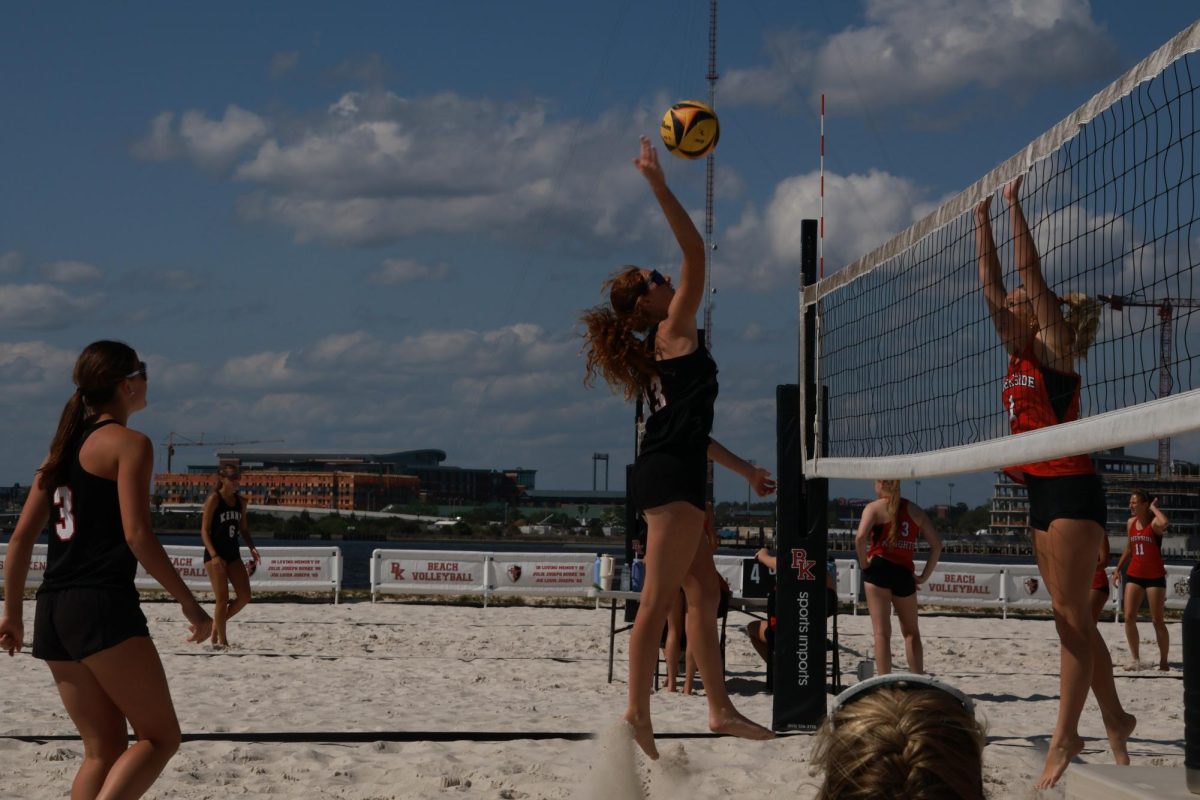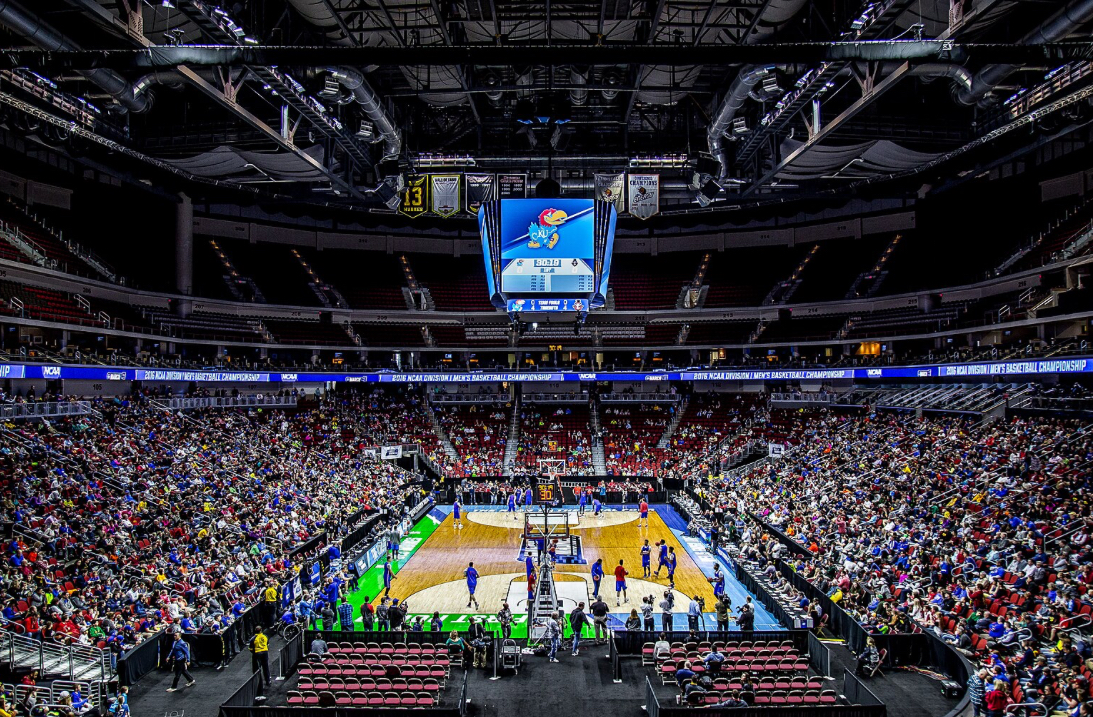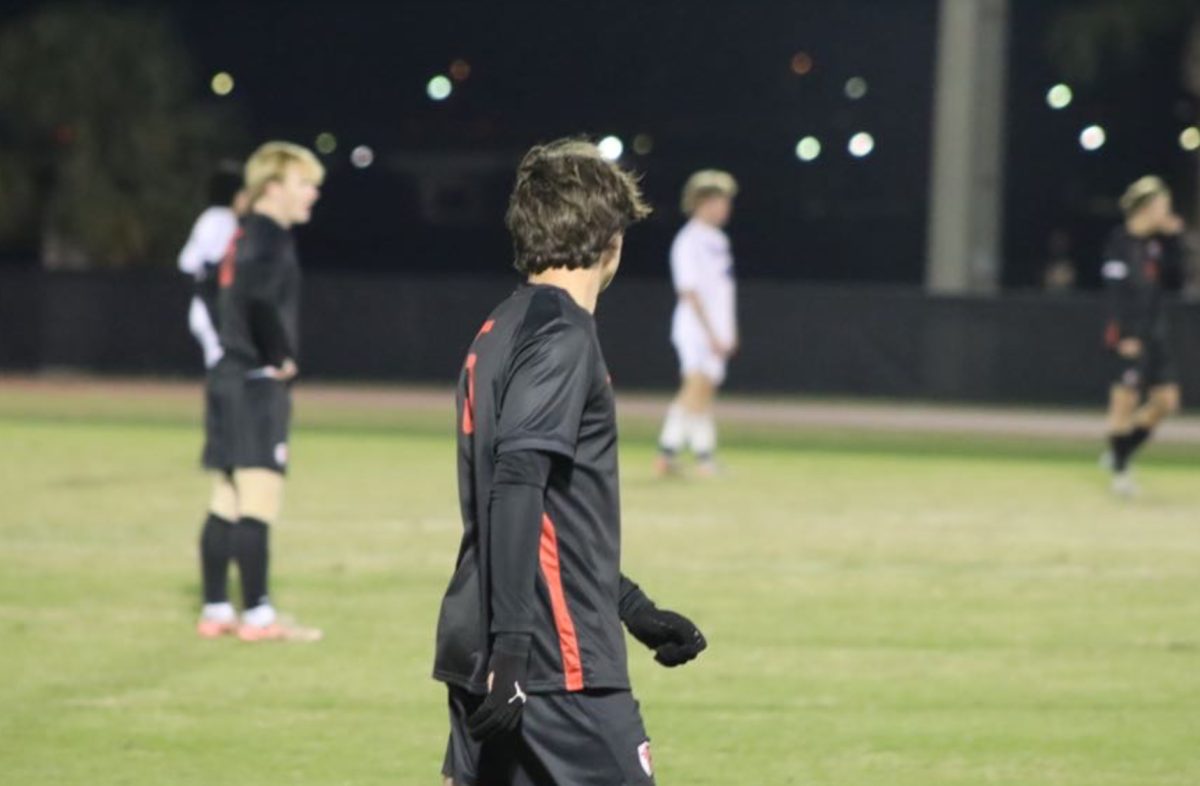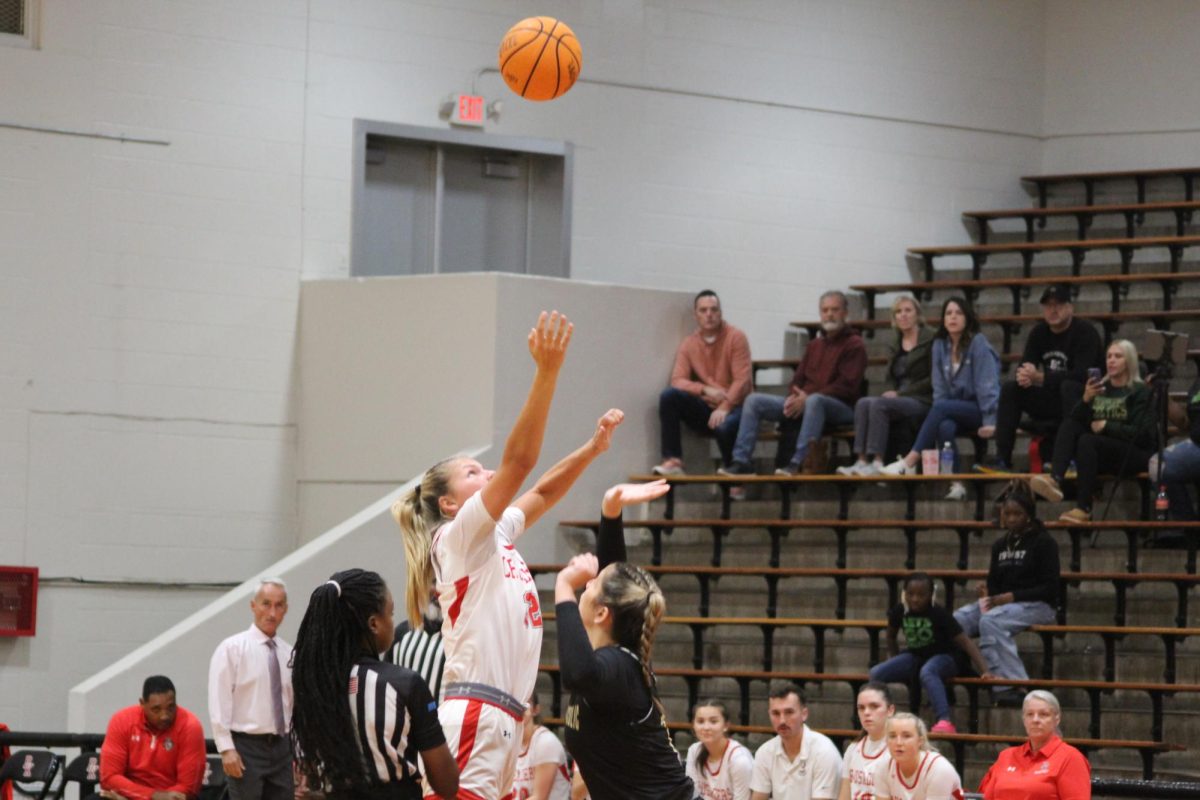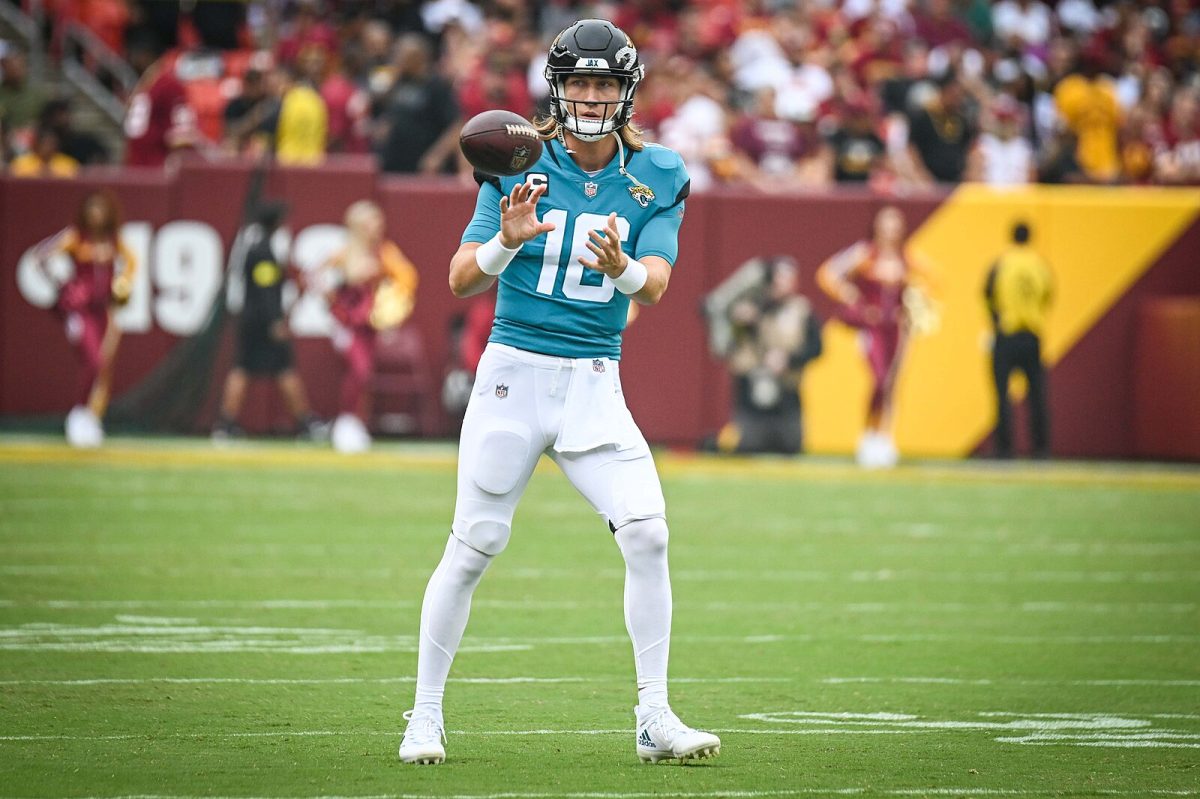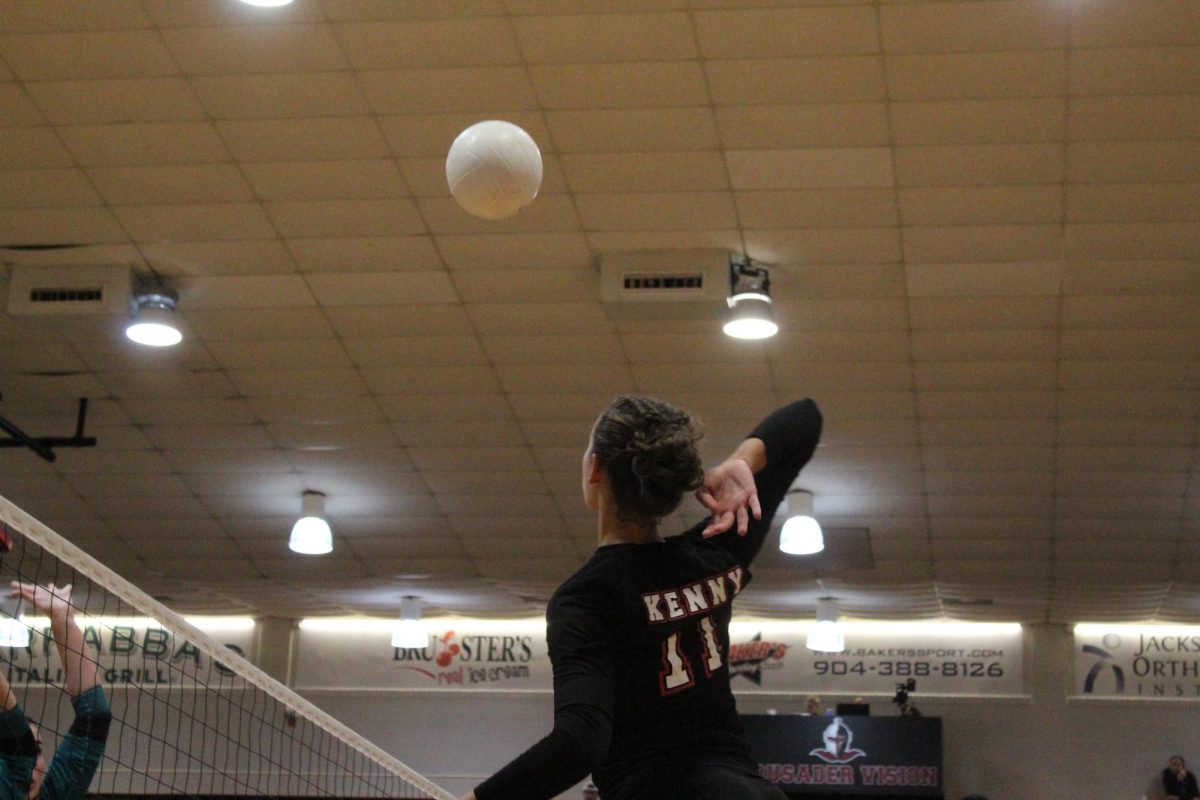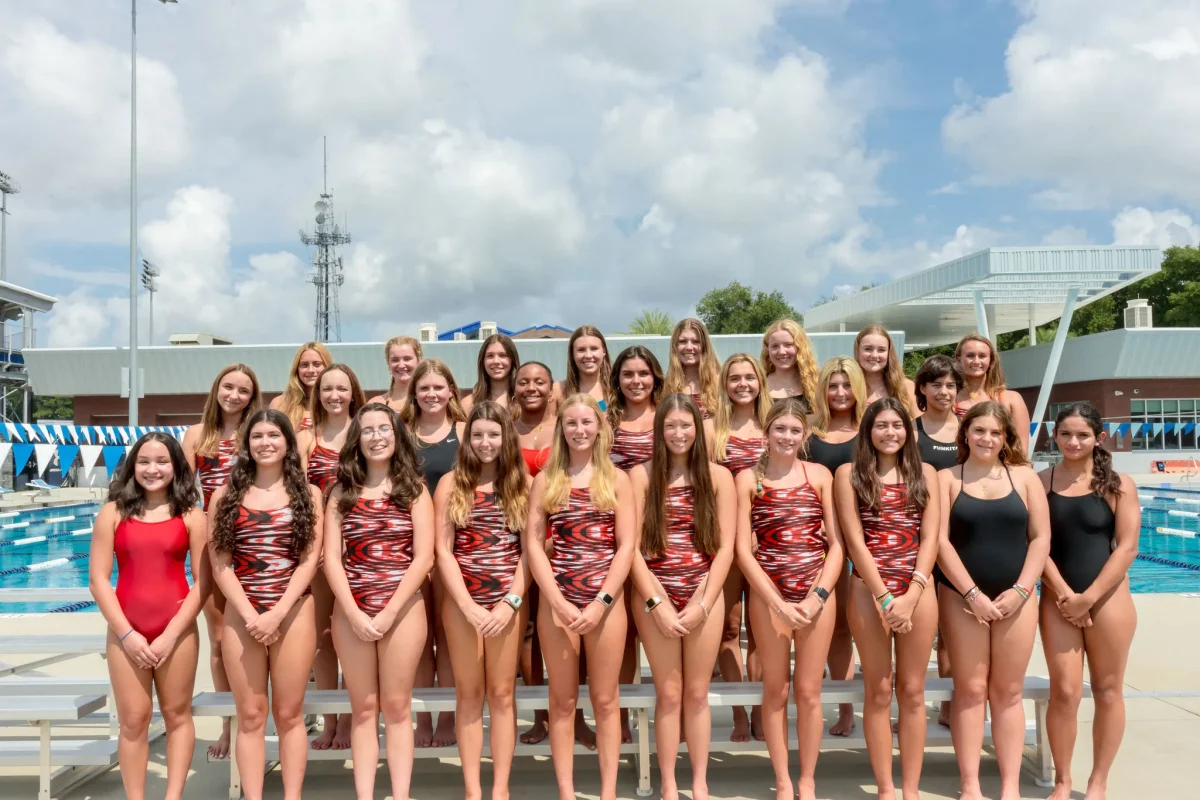Head of the Charles Rowing Regatta is the largest regatta in the world. Club, college and international teams join in Boston, Massachusetts, to row for the fastest time.
Junior Emma Gallup has been rowing since sixth grade. After attending a Food and Farm festival at her middle school, she discovered rowing.
“One of my mom’s friends randomly entered me into a raffle to win a free weekend to learn how [to row], and I won,” Gallup said.
She was a rower through eighth grade, then went on to become a coxswain when she started high school.
“My role is a coxswain… they call you a yeller and a screamer, but basically, you’re a huge motivator. You also steer a course [for the boat] the entire time,” Gallup said.
Preparing for the international event was similar to Gallup’s regular training schedule that lasts six days and 25 hours a week.
“Our training schedule is about four hours a day, Monday through Friday, and five hours on Saturday,” Gallup said. “It’s extremely competitive and really strict.”
She is on a 30-person coed team and coxes for both female and male boats.
Head of the Charles is the most recent and renowned race Gallup has participated in. Spanning over the course of three days—October 18, 19 and 20—this international race up the Charles River hosts about 12,000 athletes and roughly 400,000 fans, according to The Huntington News.
Top schools compete along with some from different countries and club teams around the nation.
“I raced people from England, from Canada,” Gallup said. “There was one specific team…from South Africa. There’s a…bunch of college teams…top teams like Harvard, Princeton, Syracuse, Cal and Washington. And it really is the top caliber of the athletes this year.”
Gallup rowed in a youth race in a 4+ boat, which is four rowers and a coxswain.
“On Friday, there’s a practice day where you basically go out on the course and…do a little row, and you do the entire course,” Gallup said.
Then on Saturday, colleges race. On Sunday, Gallup had her race.
“On Sunday,…you get your one race, and that’s it,” Gallup said, “And you go home.”
The race was formatted as a head race, and for Gallup, this meant she was seated to go down 19 out of 50. It’s a timed trial where each crew goes off in 30-second intervals and races against the clock for 5000 meters to finish with the best time.
“You’re basically racing against the clock the entire time,” Gallup said. “You don’t know how you do until everyone is finished. We placed 16 out of 60.”





